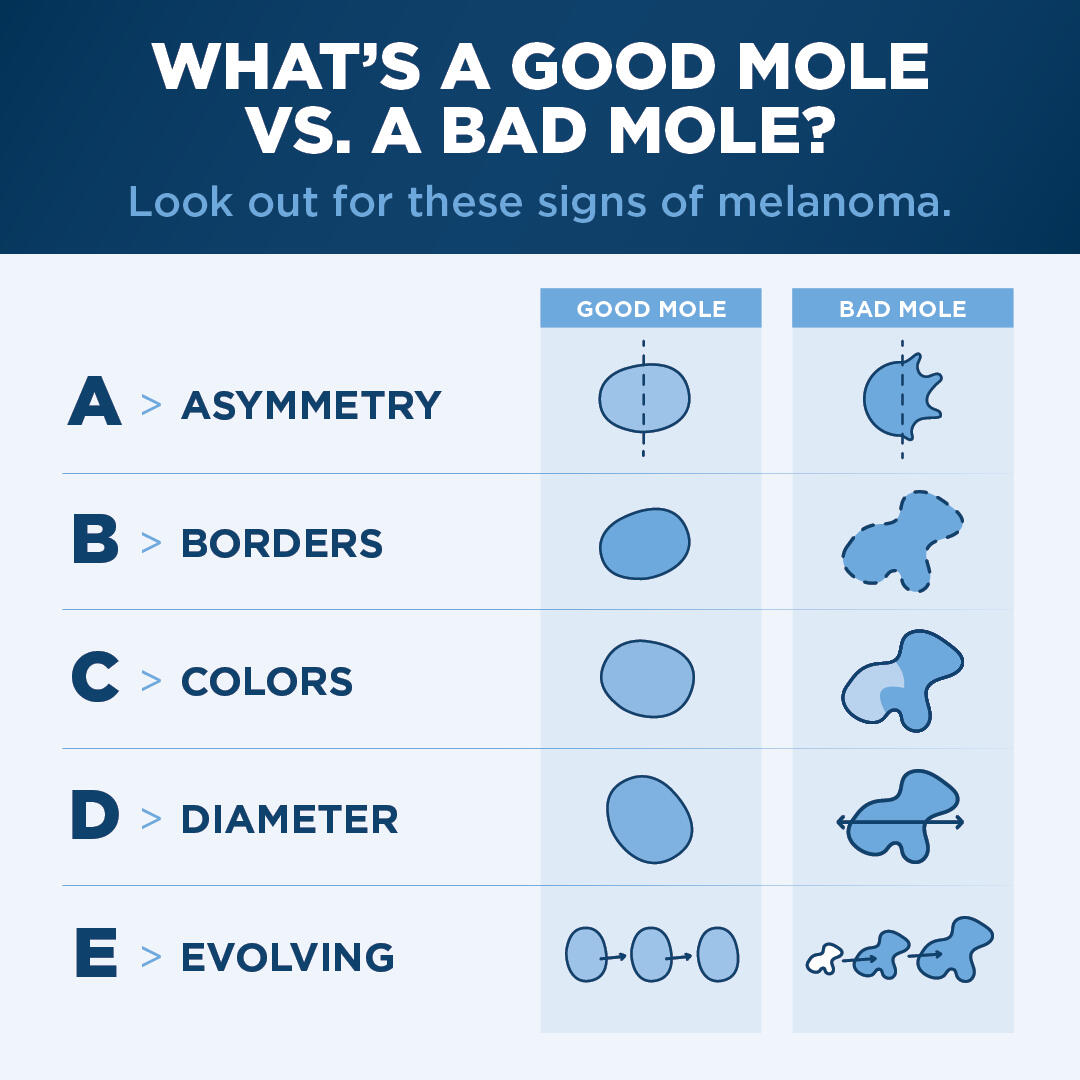As summer begins and people in the Upper Midwest start spending more time outdoors, it’s important to remember the risks of sun exposure.
Ben Williams of Fargo, North Dakota, is well aware of the risks himself. Seven years ago, he found a suspicious looking spot on his back.
“I just had a feeling about that mole. I’ve got a slight kind of red hair. I’m Scandinavian. I spent a lot of time in the sun when I was a kid. I worked on roofs. So I had all the right symptoms to generate melanoma or skin cancer. I felt concerned about it. So that’s why I went in,” said Williams.
Williams was diagnosed with stage 3 melanoma.
“They said it had spread to my lymph node, and that’s when it hit me. The skin cancer is beyond your skin. It was now into my body and they were trying to stop it from progressing any farther from there,” Williams said.
Get a skin check: Dermatology at Sanford Health
Doctors removed the lymph nodes from under Williams’ right armpit, and cut out the melanoma from his back, causing deep scarring. Williams insists he was lucky though, in that his melanoma was treatable and did not require chemotherapy.
Signs of melanoma
Enlarge

(Graphic by Sanford Health)
Sanford doctors hope to educate patients about the ABCDEs of melanoma. Anyone who notices these types of spots on their skin should immediately have their skin checked at their nearest Sanford location:
- Asymmetry: If a mole were to be folded in half, would it match? If not, that is more suspicious.
- Borders: If a mole has jagged or scalloped edges it may be melanoma.
- Colors: Multicolored lesions, or more than three colors in one spot is a concerning feature.
- Diameter: Any mole greater than the size of a pencil eraser (six millimeters) should be checked.
- Evolving: Any mole that changes over time, whether in size, shape or color should be looked at by a doctor.
“Skin checks are really important,” said Dr. Joanne Montgomery, a dermatologist at Sanford Fargo. “The prognosis really depends on how early you catch it. So if you catch a melanoma when it’s limited to the skin, the five-year survival rate is 99-100%. Whereas if you catch that same melanoma when it’s had a chance to travel to lymph nodes or other internal organs, the survival rate really drops off. So it is important to get these things checked right away.”
Staying safe in the sun
Williams admits that he put off his initial appointment.
“I procrastinated. I had business trips and vacations planned,” said Williams.
Now though, he meets with Dr. Montgomery every six months for routine skin checks.
“At this point, I think Ben’s doing really well,” Dr. Montgomery said. “It is more likely if you’ve made one melanoma that you will have others over your lifetime. We’re trying to catch anything that may pop up really early so we can remove it and get it before it becomes a problem.”
Williams also takes great care when he’s outdoors, which is a big change from his youth. His methods are ones that anyone can use.
“I look at the sun in a completely different way,” Williams said. “I have a UV app on my phone. I wear a wide brim hat. I wear sunscreen every day. I buy sunscreen by the gallon, which I didn’t do before. I try not to be out from 10:00 to 2:00, which are the peak hours. I just take my precautions.”
Learn more
- Protect your skin during the summer months with these tips
- Get a skin check, then support skin cancer prevention
- Tanning bed dangers and safer alternatives
…
Posted In Cancer, Cancer Screenings, Cancer Treatments, Dermatology, Fargo
